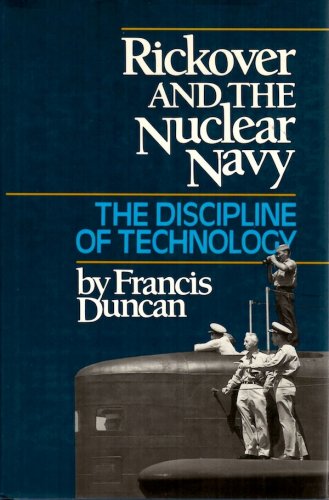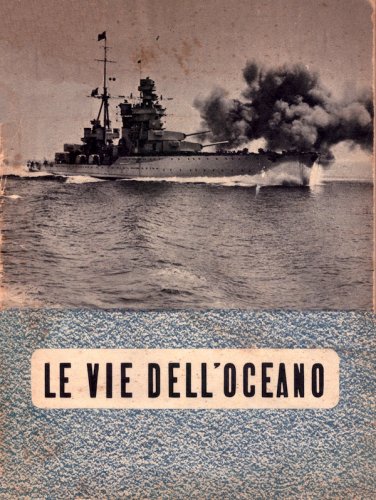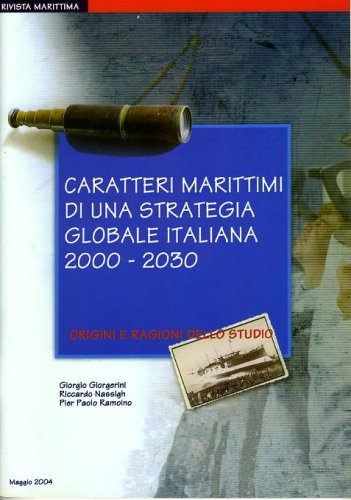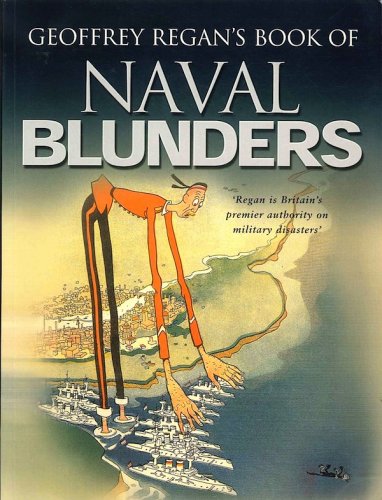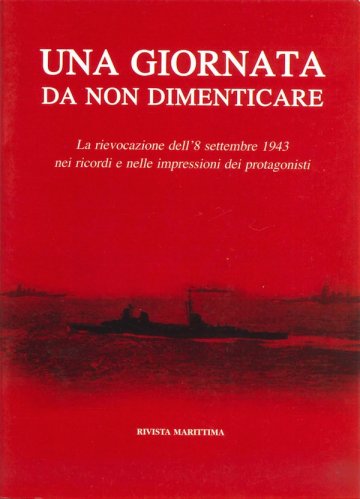Rickover and the nuclear navy
the discipline of tecnology
Rickover and the nuclear navy
the discipline of tecnology
- Non disponibile, richiedi informazioni sulla disponibilità
- Possibilità di reso entro 10 giorni lavorativi
- Transazione sicura con carta di credito, Paypal o bonifico bancario
- Spedizione tracciata con SDA
No book will ever come closer than this to providing an inside overview of Admiral Hyman G. Rickover's nuclear propulsion program. The""author, an Atomic Energy Commission (AEC) historian as signed to the admiral's office, spent years observing the project and its controversial leader in action, and the insights he provides here reflect both his familiarity with the subject and his ability to remain an objective observer. From 1974 to the day Rickover retired in 1982, Francis Duncan had free access to files, documents, and personnel at every level of involvement a rare, never to be repeated opportunity that most historians dream of but few get. And, as this book clearly shows, he took full advantage of the situation to gain a unique understanding of exactly how the program operated. The result is a thorough, balanced record of what may well be the U.S. Navy's and the nation's most importane and far-reaching project of the twentieth century. Knowing that facts and figures alone don't tel1 the entire story, Duncan talked to scores of people who dealt with day to day operations, watched men in prototype training and then accompanied them to sea, visited civilian and naval installations, and had dose contact with Rickover himself. He also interviewed former U.S. presidents, secretaries of the navy, chiefs of naval operations, AEC chairmen, and legislative leaders who kept tabs on the project but were removed from daily activities. Never once, the author says, did the admiral at tempt to interfere with bis research, nor did Rick over read the manuscript. While the focus here is on the nuclear program, not the man, this book does provide fascinating insights into Rickover's personality and his efforts to maintain standards of excellence that would assure the program's safety and its ultimate success. Using one of the admiral's favorite terms, "the discipline of technology," to demonstrate the method of technological application advocated by Rickover, Duncan effectively balances technical detail with astute analysis and even drama. Filled with information not found elsewhere, his study is a valuable chronicle of the development of sub marine propulsion reactors, the loss of the Thresher, the struggle over the application of nu clear propulsion to the surface fleet, and the use of the Shippingport Atomic Power Plant to illustrate the feasibility of a light water breeder reactor.

